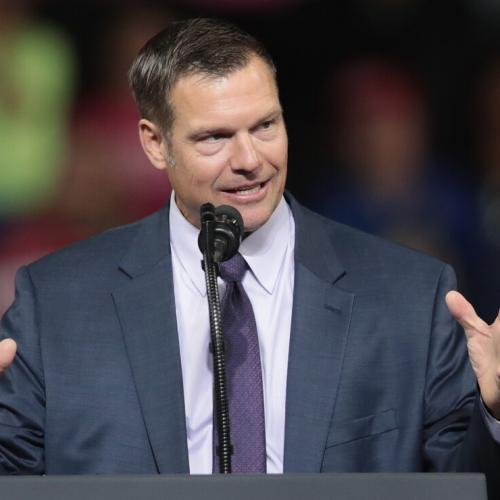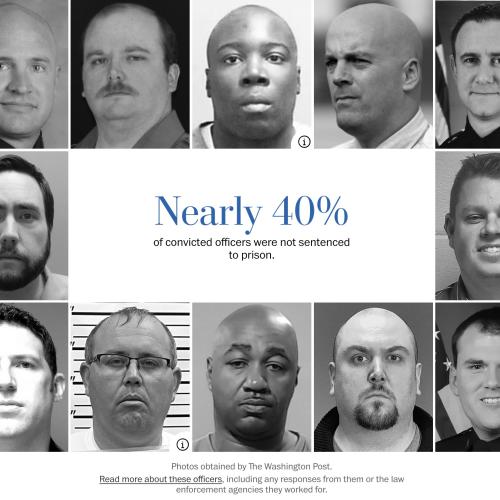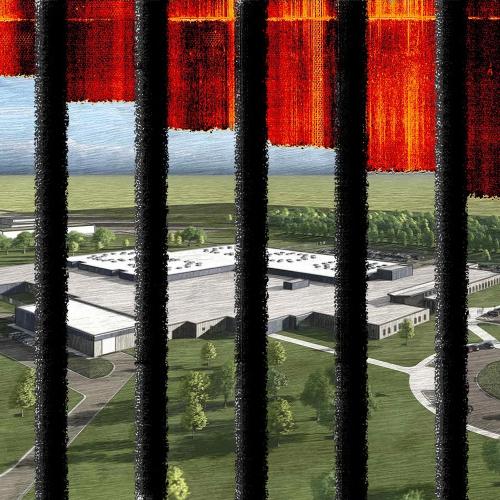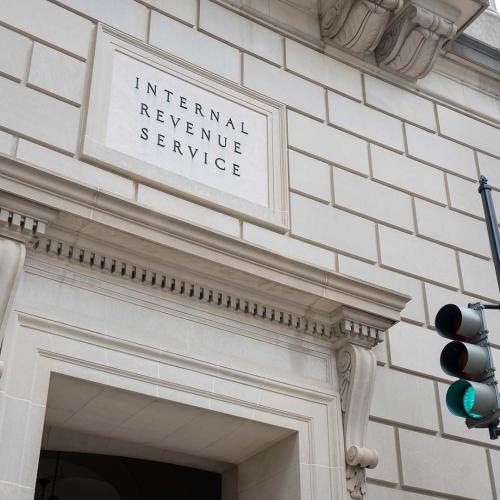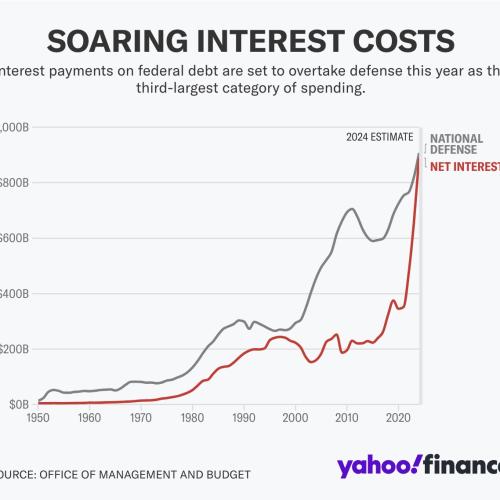Search 13,117 Media Articles
In December, Wired magazine revealed that Mark Zuckerberg, CEO of Meta and one of the richest individuals on the planet, was building a $100-million US compound in Hawaii. The compound includes a bunker — 5,000 square feet, to be specific, with concrete walls and an escape hatch. What does this tell us? It's a sign that at least some of the ultra-rich are anxious about global events and are making contingency plans for the Big One — whatever form that may take. The feeling is very much in the air. Architectural Digest named "luxury bunkers" one of the real estate trends of 2023. Brian Cramden, president of Hardened Structures, a Virginia-based firm that builds multimillion-dollar fortified homes and bomb shelters, said work has been "steady" for years but that he has seen a "major uptick in the last two, three months." "With Putin and North Korea and what's going on in Gaza, I'm getting lots of inquiries," he said. "It's [wars], it's Trump, it's the divisiveness of the nation." Cramden said the most commonly cited threats include a breakdown of law and order; the detonation of a nuclear weapon; a hostile power activating an electromagnetic pulse (EMP) to disrupt the communications network; and the diffuse effects of climate change. Vivos, a California-based company that provides "shelter solutions," told CBC "inquiries and applications are up over 2,000 per cent year over year."
Note: Read more about elite doomsday bunkers.
From everyday Americans to celebrities, doomsday preppers are stocking up for fears of the end of the world, nuclear war, a major economic collapse or World War III. Now, real estate speculators say there are plenty of people concerned about the future to buy properties in bunker communities. Doomday prepping has been defined as: “The management of stockpiled household items in anticipation of market disruption.” Preppers are people who make preparations to survive without government assistance in the event there is a disaster. They may learn survivalist skills as well as stockpile supplies such as food and ammunition. In the past year, Finder.com says 39% of millennials and 40% of those in Generation Z reported spending money on prepping. [Vivos xPoint is] a former Army base turned bunker community in South Dakota that’s off-grid and built to be self-sufficient. Some people have a plane full of gas to get them to their bunkers at any moment. Some of the bunkers have generators, a bomb blast door, gun safes, an electrical room and storage for food, along with bedrooms and bathrooms. The South Dakota property of more than 530 bunkers is built to be self-sufficient. Out of all the $55,000 bunkers on site, about 200 have sold and sales have been picking up. Many countries in the world, including the U.S., advise people to prepare to survive for three days without assistance from authorities in the case of an emergency.
Note: Read more about elite doomsday bunkers.
'Doomsday prepping' used to be seen as a hobby relegated to the paranoid fringe — but ordinary Americans spent a staggering $11 billion on survival items, just last year, from April 2022 to April 2023. About a third of US citizens admit to prepping, surveys show, but few have the resources today's billionaire bunker-builders have to devote to their own shelters. The world's wealthiest have increasingly spent hundreds of millions on securing underground compounds, private islands and (for the merely rich) 'survival condos.' Last year, the nonprofit coalition of physicists and other researchers behind Bulletin of the Atomic Scientists set their Doomsday Clock 90 seconds to midnight: the closest humanity has been to doom in the clock's 76 year history. 'Russia's war on Ukraine has raised profound questions about how states interact, eroding norms of international conduct,' their 2023 Doomsday Clock statement explained. It's Gen-Z adults, those born after 1997, who have proven the most likely to be preparing for a disaster: a whooping 40 percent claimed to have spent money on doomsday supplies in 2022, according to a Finder survey. As one sustainable prepping influencer, content creator Brekke Wagoner, put it, 'Basically our weather is going to be more intense because of global climate change, if for no other reason you should have an emergency plan to deal with these inclement disasters, because they're coming whether we want them or not.'
Note: Read more about elite doomsday bunkers.
Douglas Rushkoff’s new book, “Survival of the Richest: Escape Fantasies of the Tech Billionaires,” opens with a surreal scene: For a fee equal to one-third of his annual salary as a professor, Rushkoff flies to a luxurious resort to advise five ultrawealthy men on how to survive the collapse of civilization. More terrifying than the men’s Hollywood-derived nightmares is their naive and profoundly antisocial response: They’d rather optimize their bunkers than work to avert the apocalypse. While few have the means to indulge dystopian fantasies so lavishly, the men are an extreme instance of a broader trend. Bunker sales in America are soaring, and the market now caters to a range of income levels, from $40,000 starter bunkers to a nearly $10 million Luxury Series “Aristocrat” that offers a pool and a bowling lane. Many people now seem fixated on stockpiling enough money to protect themselves from the rest of the world, rather than considering the sort of world they are creating by making money in these ways. Rushkoff ... calls this dynamic the “Insulation Equation.” Anyone who asks some version of the question — can I earn enough money doing X to insulate myself from the effects of doing X — is considering the Insulation Equation. The Insulation Equation is a provocative and illuminating concept, and Rushkoff devotes much of the book to tracing the manifestations and origins of a mind-set that seduces people into believing they can insulate themselves from harms they help create.
Note: For more along these lines, see concise summaries of deeply revealing news articles on income inequality from reliable major media sources.
The Survival Condo in Kansasthe most lavish and sophisticated private bunker in the worldwas once a Cold War U.S. government missile silo. Built in the early 1960s at a cost of approximately $15 million to the U.S. taxpayer, it was one of 72 "hardened" missile silo structures built to protect a nuclear-tipped intercontinental ballistic missile (ICBM) 100 times more powerful than the bomb dropped on Nagasaki, Japan. Larry Hall wasn't the first to reuse one of these Cold War relics. But his is arguably the most gobsmacking. Hall bought the 197-foot-deep silo for $300,000 in 2008, and transformed it into a 15-story luxury bolt-hole, where a community of up to 75 individuals can weather a maximum of five years during a doomsday event. When the event passes, residents expect to be able to re-emerge into the post-apocalyptic world to rebuild. It's not that difficult to imagine living underground in an environment that can sustain life, technically. What's rather more of a challenge is to create a psychologically and socially tolerable environment. Hall, however, thought he had worked out a solution. The key to well-being underground, he told me, could be about creating an illusion of "normal," aboveground, pre-event life. "So," Larry said, "we will have people baking bread and making coffee, people can advertise their yoga class on the caf blackboard and we're going to stack this deli case full of three different species of tilapia that are grown in the aquaponics facility next door."
Note: For more along these lines, see concise summaries of deeply revealing news articles from reliable major media sources.










